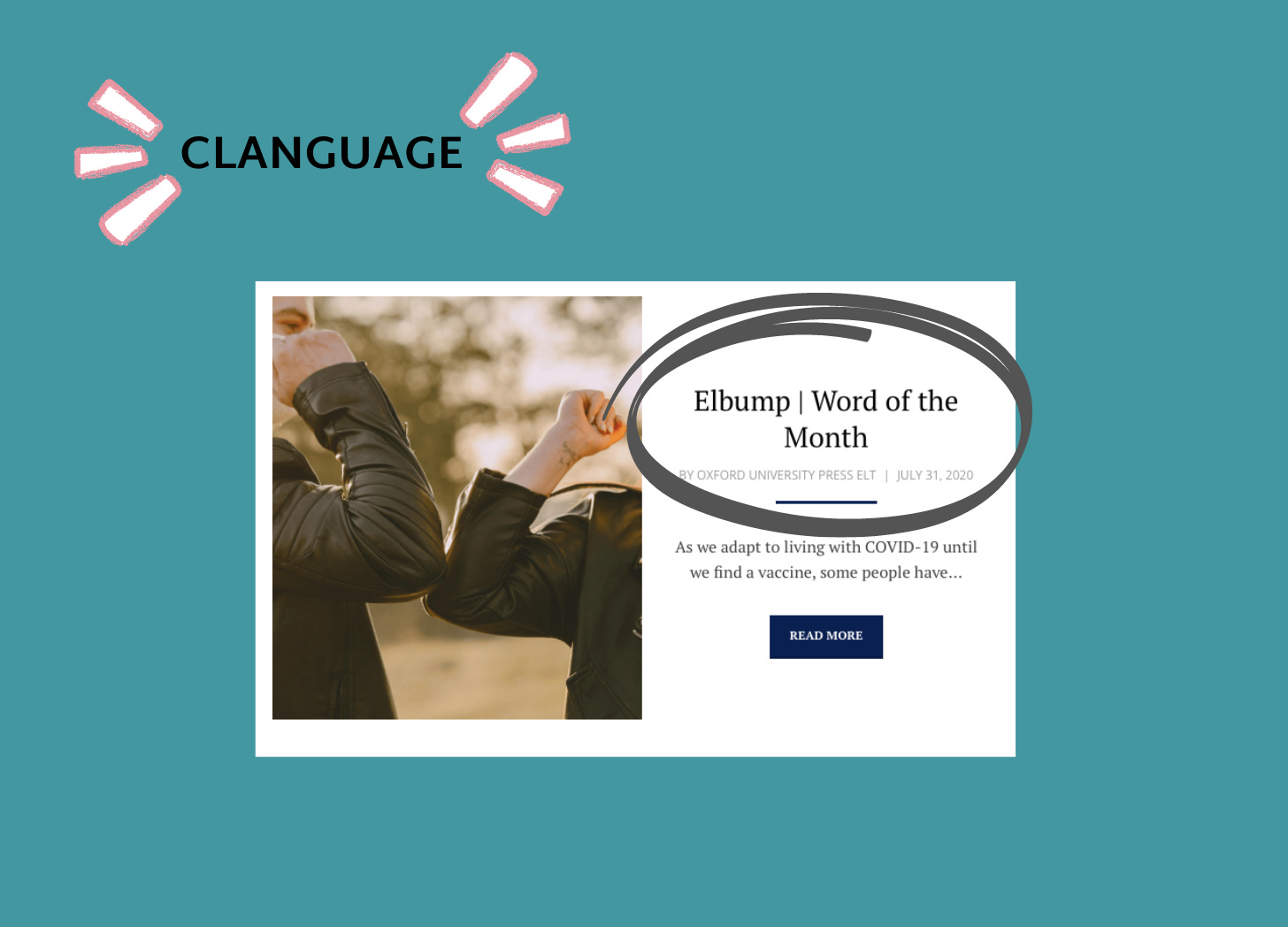Here’s a verbal identity technique that lots of businesses fail to capitalise on. It’s based on familect, or clan language.
Copy psychology is all about finding the most persuasive language for your messaging.
The words you choose can help build connections that ultimately lead to sales. One way to do this is to use unusual language or invented words.
So why should you use familect (or ‘clan language’) in your marketing?
It’s back to one of Cialdini’s principles of persuasion again - unity. We want to feel we belong.
One way to build this sense of shared identity is with clan language.
What is clanguage?
Clanguage (technically known as familect) refers to special words that your ‘family’ uses for specific things. These are often made-up or nonsensical. The point is that your ‘family’ shares and understands the language.
Familect emerges naturally over time, as members create their own linguistic shortcuts or expressions that are exclusive to their group. Familect can be influenced by cultural background, regional dialect, shared experiences, mispronunciation or simply the dynamics within the group.
In general, familect is informal, authentic group slang, which is why it’s sometimes called ‘kitchen table language’.
For example, the ‘family’ of London taxi drivers refers to the Houses of Parliament as The Gasworks (thanks to Susie Dent for that gem from her Word to the Wise column).
Clanguage in action
Remember the BBC comedy, Miranda?
Miranda’s mum, Penny, used clanguage for the remote control - the dooberry.
In fact, remote controls are typically described using nonsense family words. In our house, it’s called the conchero. No-one remembers why, but we all use it.
During the Queen’s Jubilee in 2022, Prince Charles and his mother launched a campaign to plant thousands of trees to mark the milestone date. Guess what they called the campaign? The Treebilee. A simple example of how to turn a worthy, but not terribly eye-catching, campaign into something more fun using clanguage.
The Mobot - Mo Farah’s victory gesture - is the clanguage equivalent of the Mexican wave - familiar to everyone in the athletics fan ‘family’.
We also try to make celebrity couples more familiar to us by giving them clanguage names - Bennifer, Brangelina and so on.
The pandemic birthed new clanguage that quickly entered mainstream conversation. For example, in July 2020, elbump became Oxford University Press’s Word of the Month.
And who can forget omnishambles? Coined for the satirical comedy, The Thick of It, omnishambles was OED Word of the Year in 2012, three years after it was invented.
How does clanguage create deeper emotional connections?
Clanguage is attention-grabbing. People notice it because it falls outside our usual expectations. It takes a bit more effort to decode the meaning, as we have to map across a new word to describe a familiar concept or thing.
Clanguage (used sparingly) gives more mileage out of your messaging.
For example, Laura Belgray calls her followers Shrimpers, adding to her credibility as leader of her clan of copywriters.
Fortnum & Mason boasts a tearista in their Tea Salon, with corresponding tearista tips on its product pages to back up the messaging.
How does clanguage build brand loyalty?
Most importantly, using clanguage makes your audience feel like family.
Clanguage is a more intimate form of communication that can strengthen the bonds and identity within a group. It might incorporate nicknames, humour or quirky terms of endearment.
The common thread is that clanguage is informal, unfamiliar and often invented. If we understand the clanguage, then we’re in on the joke.
So how can you clanguage your messaging?
Surprisingly, I believe lots of brands miss a trick here, by not purposefully creating a verbal brand that incorporates clanguage.
Clanguage could be a cornerstone of any verbal identity. It can be tricky to forge familect deliberately - usually it’s language that evolves more spontaneously (like the Swifties). But any business with decent social listening skills should be alert to pick up any sniff of clanguage around their brand.
A loyalty or referral programme is just one obvious place to start. Yet lots of brands name their programme with some variation of words like rewards, points, tribe, VIPs, perks … it’s all a bit samey, when they have the opportunity to create something unique and therefore more salient.
TKMaxx certainly reinforces their loyalty messaging at every opportunity. Their frequent in-store announcements call out their Treasure Seekers. Consistent messaging, but the name could be more memorable.
Brew Dog achieves more throughtful messaging, with their Equity for Punks investor scheme.
PizzaExpress has a loyalty club which is just crying out to be called the Dough Balls. Right now, it’s called the PizzaExpress Club.
And surely Cowshed’s super-fans should be a herd?
If you’ve come across interesting clanguage in marketing, go ahead and tell me about it in the comments.










